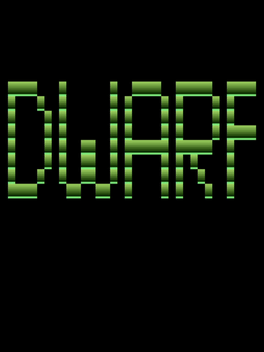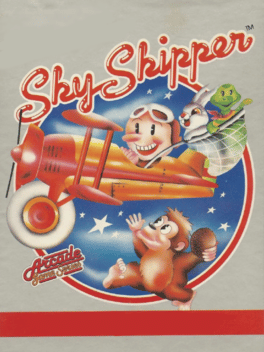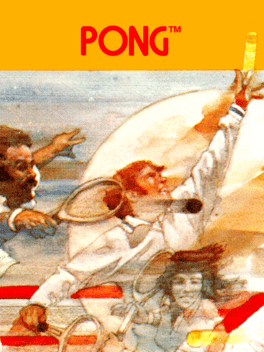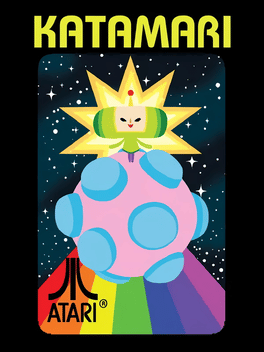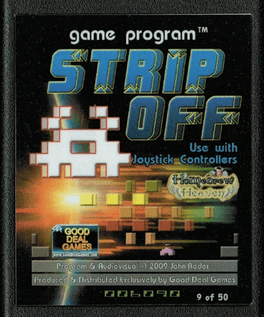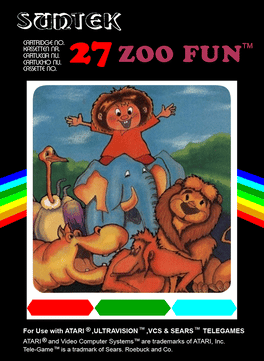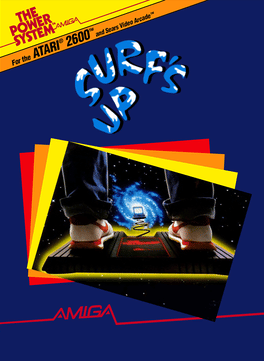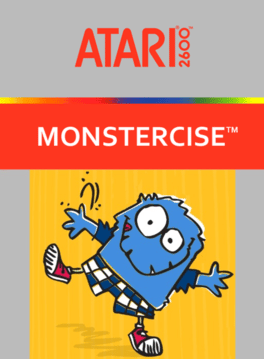Most Popular Atari 2600 Games - Page 7
-
Space Cactus Canyon
2020
Space Cactus Canyon
2020
The year is 2543. You are the last cactus on Earth. You live in the scorching deserts of the Rocky Mountains in what used to be Alberta, Canada. The heat is nearly unbearable and wildfires are common. The rest of your fellow cacti have moved to a more temperate climate ... on Mars. They have sent a final spaceship to transport you there. Reaching it won’t be easy. Water has become Earth’s most precious resource, and although you are a cactus, you need every drop. You’ll collect the water as you move through the canyons on your way to rendezvous with your rocket. Every so often, you’ll even find a bucket of water, and you’ll be able rest for the night. But watch out for the humans. The few that remain after World War XII think they need the water even more than you. And they’ll do anything to protect it. -
Dwarf
2023
Dwarf
2023
You are a dwarf on a mission to mine as much gold as possible. You start your day deep down in the mines when suddenly... lava starts bursting from the exit above. The only way to survive, is to go down! How deep can you go ? -
Sky Skipper
1983
-
Volleyball
1977
Volleyball
1977
Game 43-44 of Video Olympics - A volleyball simulation where the traditional (Pong-style) left-right volley is swapped for a top-bottom volley. Players can volley or spike. This is a downgrade from the arcade version called rebound to make it fit in the muli cart Video Olympics -
Basketball
1977
Basketball
1977
A Basketball variant of pong exclusive to the Atari 2600 as games 45-46 of the launch title Video Olympics. The game features a simple game of one-on-one basketball playable by one or two players, one of the few early Atari 2600 to have a true single player feature with an AI-controlled opponent. -
Hockey
1977
Hockey
1977
An ice hockey simulation where players can catch and shoot the puck at the opposing goal. -
Handball
1977
Handball
1977
A Handball variant of pong exclusive to the Atari 2600 as games 41-42 of the launch title Video Olympics -
Soccer
1977
-
Foozpong
1977
Foozpong
1977
A foosball variant of pong exclusive to the Atari 2600 as games 29-32 of the launch title Video Olympics -
Robot Pong
1977
Robot Pong
1977
A variant of pong exclusive to the Atari 2600 as games 49-50 of the launch title Video Olympics -
Unknown Tank Game
Unknown Tank Game is an unofficial name given to an untitled tank game developed by JimsToy in the 1980s for the Atari 2600. -
Smokey Bear
Smokey Bear is a cancelled educational Atari 2600 game based on the character Smokey the Bear, an American advertising mascot by Ad Council. -
Mr. Bill's Neighborhood
Mr. Bill's Neighborhood is a cancelled Atari 2600 game based on the Saturday Night Live character Mr. Bill. -
Klax
1990
-
Katamari
2013
-
Strip Off
2009
Strip Off
2009
Strip Off is a homebrew Atari 2600 game developed by John Reder / Tactical Neuronics. It was given a limited cartridge release by Good Deal Games. Strip Off was later included on the Atari Flashback series of plug-and-play consoles, starting with the Atari Flashback 5 in 2014, and most recently on the Atari Flashback 9 Gold in 2018. Strip Off is inspired by the vector arcade game Rip Off, but the gameplay itself is more comparable to other fixed shooters of the Atari 2600 era. The player controls a laser cannon that moves horizontally along the bottom of the screen. The goal is to earn points by defending a cluster of blocks located at the top of the screen from enemy spaceships that pick them up. As play continues, the spaceships move faster, until there are no blocks left and the game ends. -
Chase It!
2010
Chase It!
2010
Chase It is a homebrew Atari 2600 game developed by Alan W. Smith and released in 2010. The game was later included in the Atari Flashback series of plug-and-play consoles, starting with the Atari Flashback 5 in 2014, and most recently in the Atari Flashback X Deluxe in 2019. In Chase It, two players (or one player and the computer) must move around the arena and touch a red square before their opponent. After this, the red square(s) move to a random location, and the first to touch it 99 times is the winner. A selection of 20 game modes add variety to the gameplay; including adding a second red square, making the red squares move, adding obstacles to the arena, and changing the speed of the computer opponent. -
Zoo Fun
Incomprehensible game about collecting zoo animals. The game is based on the code of Panda Chase from Home Vision (you can still see the little panda heads when you run out of time). -
Surf's Up
Surf's Up was the third and last game to make use of Amiga's JoyBoard controller. While Amiga's second game Off Your Rocker was sold in limited quantities through Pleasant Valley Video, Surf's Up was never completely finished and sold in stores, most probably because the gameplay was just not interesting enough. -
Monstercise
The only known version of Monstercise is rather incomplete, and much like Grovers Music Maker, there's actually very little gameplay involved. The screen displays a group of monsters doing what appear to be Jumping Jacks. At the bottom of the screen is a blue blob (which is assumed to be Cookie Monster) holding a spotlight. Pressing the # or * buttons on the Kids Controller will cause Cookie Monster to move left or right, and when you get underneath a monster the spotlight will shoot a beam and highlight the monster. Once the monster is highlighted, you can control his (its?) head, arms, or legs by pressing the the keys on the keypad. Each body part seems to have two different actions (three if you count not doing anything). The head can blink or nod up and down, the arms can either flap or pump up and down, and the legs can kick out or squat. After awhile the whole thing begins to look like a creepy exercise video, which may be where the name came from. According to the copyright message this game is part of the C

